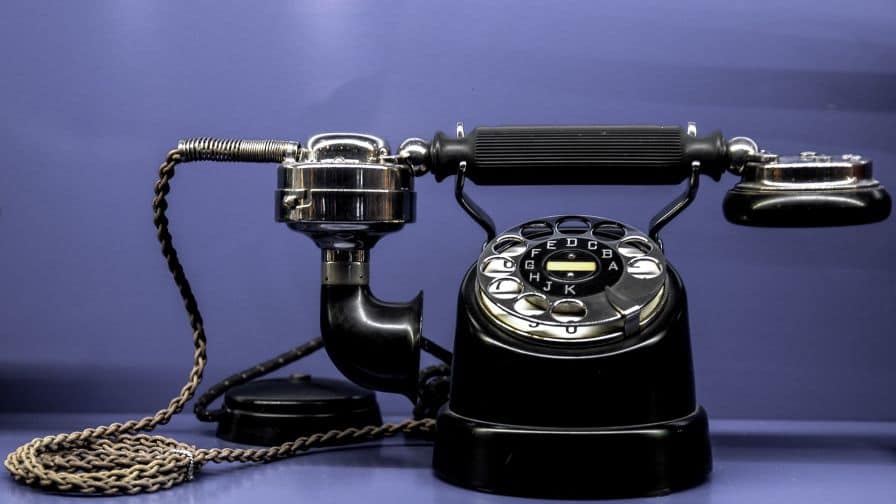Online lead generation is now a well established channel for performance marketers, but as a large number of advertisers buy leads and push them straight into a call centre to follow up by phone should marketers really be looking at generating inbound calls instead?
If you break down lead generation into its fundamentals a lead is really no more than a consumer giving an advertiser permission to contact them about a product or service. And as any experienced lead buyer will tell you, the real work starts once the lead has arrived. Those first few minutes are crucial. Can you get in touch with the consumer in order to sell them your product or service?
Contact is king
When advertisers talk about “lead quality”, most of the time they are focusing on the wrong things. The vast majority of the time it’s contact rates that determine the success or failure of a lead generation campaign. For example if you only manage to contact 50% of the leads you buy and the conversion rate from those leads is 20% that’s an overall conversion rate of just 10%. If you had contacted 80% of those customers you would only need a conversion rate of 13% from those customers to get the same overall conversion rate. In summary conversion rates, sales and ROI are a function of contact rates and not some abstract notion of quality.
While there is always room to improve contact rates it is rare to come across an advertiser that can consistently contact more than 80% of their leads. That means that advertisers are always paying for leads that they will never be able to contact let alone sell to.
Lead generation is still an incredibly powerful and profitable channel for advertisers and I have spent most of my career in the world of online lead generation but there are some obvious flaws that can never be totally overcome.
100% contact rate
Focusing on inbound calls rather than leads can give advertisers an immediate advantage and that’s the ability to speak to every single prospective customer. In a scenario of 100% contact rates advertisers have more opportunities to sell. Even if that was the only difference between calls and leads that might be enough for many advertisers. However there is evidence that callers have higher intent compared to form fillers. The simple act of deciding to make a call says a lot about the prospect. The person has made a decision right then and there to allocate a portion of their day to speak to the advertiser about their products and services. Not only are they 100% contactable they are also ready and waiting to have a commercial conversation. The result of this is higher intent from calls compared to leads which ultimately results in more sales and a better ROI.
Why calls? Why now?
Generating calls as well as leads is not just a decision to ditch one channel for another that might perform better, it is as much to do with capitalising on how consumers are actually behaving in 2016. That small computer in your pocket that you use to Snapchat, do your banking, buy your train tickets etc. is also a phone and while the app economy has enabled millions of people to perform thousands of tasks without the need to speak to anybody the call is still hugely important, probably more important than you think. A recent report by consultancy firm BIA/Kelsey predicted annual calls to businesses from smartphones will reach 162 billion by 2019.
Another hugely important trend is that some time ago Google reported that there were more searches on mobile devices than desktop and with the advent of new ad units such as business listings with numbers, call extensions and click-to-call only ads there are numerous opportunities to turn these searches into calls.
If you can’t measure it, don’t do it!
Many of these trends and observations will be familiar to a lot of marketers but the fact remains that while it’s big business in the US, the industry for calls in the UK is still virtually non existent. One of the main reasons for this is down to tracking. The old adage attributed to John Wanamaker about not knowing which half of his advertising budget is wasted continues to hold true in many areas of online marketing. However what many people don’t know is that this does not apply to calls! Companies like Invoca in the US and Iovox in the UK solved the problem around call tracking years ago. An advertiser can now track all of their call activity in real-time across across all of their marketing channels in the most granular detail imaginable.
The other big challenge for advertisers and agencies is more existential. Where do calls fit within their businesses? If the marketing to generate calls is online but the results of this marketing are converted offline does this sit in the digital team or sales team that runs the call centre? And if the generation of calls crosses multiple channels from search to display should budget be carved out from each area or should it be a totally separate team? There is no simple answer to these questions but solving them could unlock a new source of revenue for advertisers so the incentives are obvious.
Putting theory into practice
It’s all very well pontificating about the wonder of calls I hear you cry but how do you actually generate them?
The first thing to note is that there are a few caveats. In the UK we are still form filling junkies and weaning us off forms is going to take time. The upshot is that it is still much easier and cheaper to persuade a prospect to fill in a form than it is to get them to make a call meaning that calls are not going to be viable for every industry.
There needs to be the right mix of value, volume and complexity of the product to ensure that calls are the best route. To put this into context, the mortgage industry is perfectly suited for call generation. Mortgage related keywords are consistently some of the most searched for terms on Google. Mortgages are also complex products and you cannot complete the whole process online so you have to speak to somebody at some point. In addition the value of a sale is relatively high for a mortgage advertiser. Putting together these factors makes mortgages the perfect campaign for generating calls.
Ultimately every advertiser is different and will have an array of often competing objectives to reconcile when deciding how to allocate their marketing spend but any advertisers that sell to customers over the phone should at least consider whether calls might be an avenue to explore.

